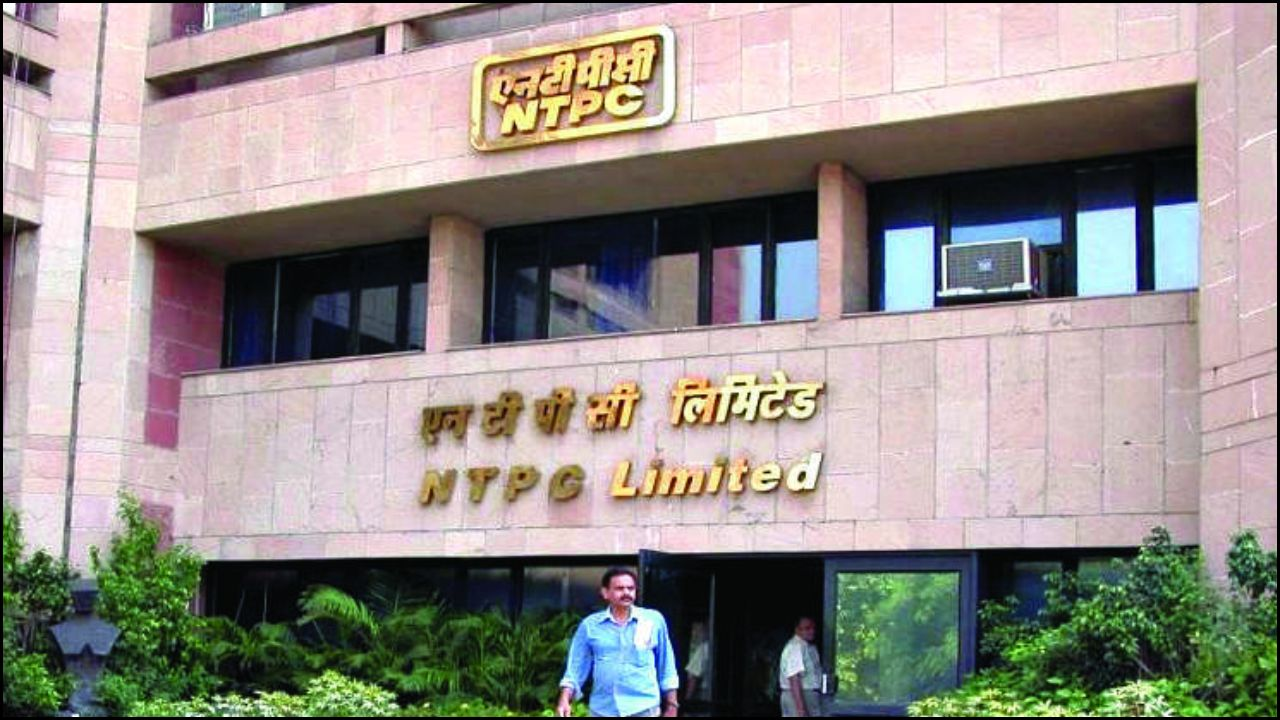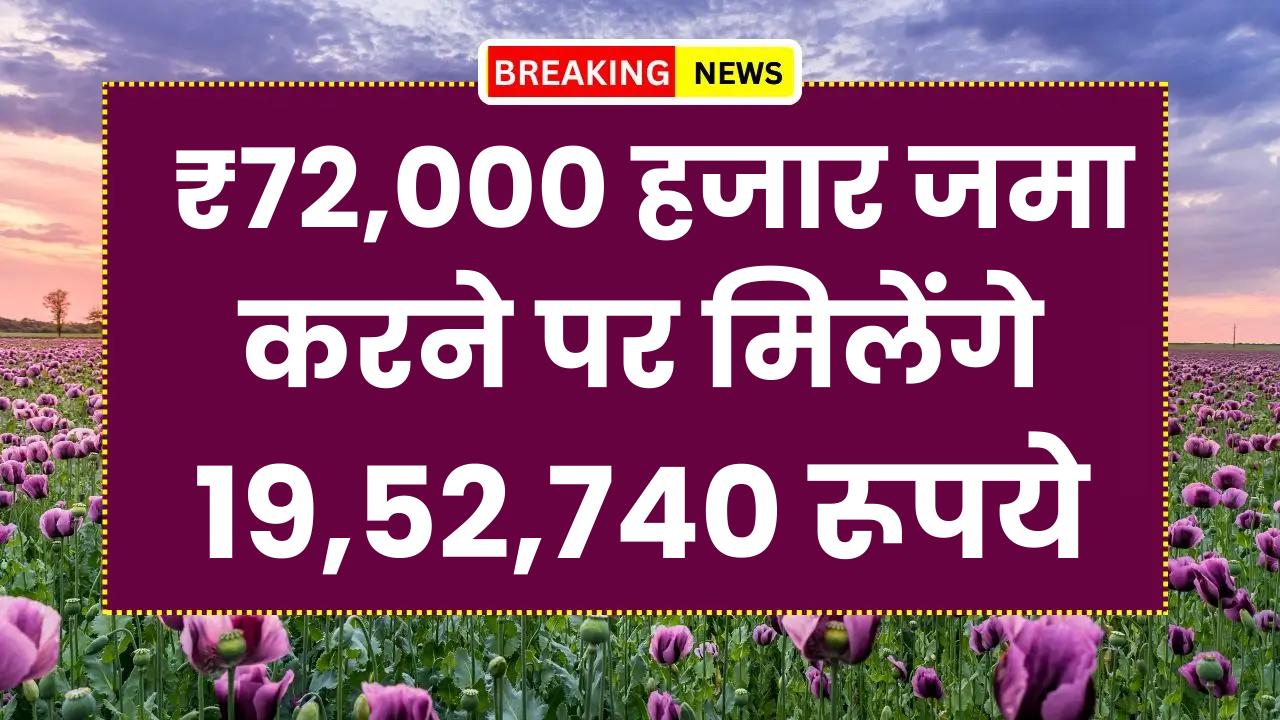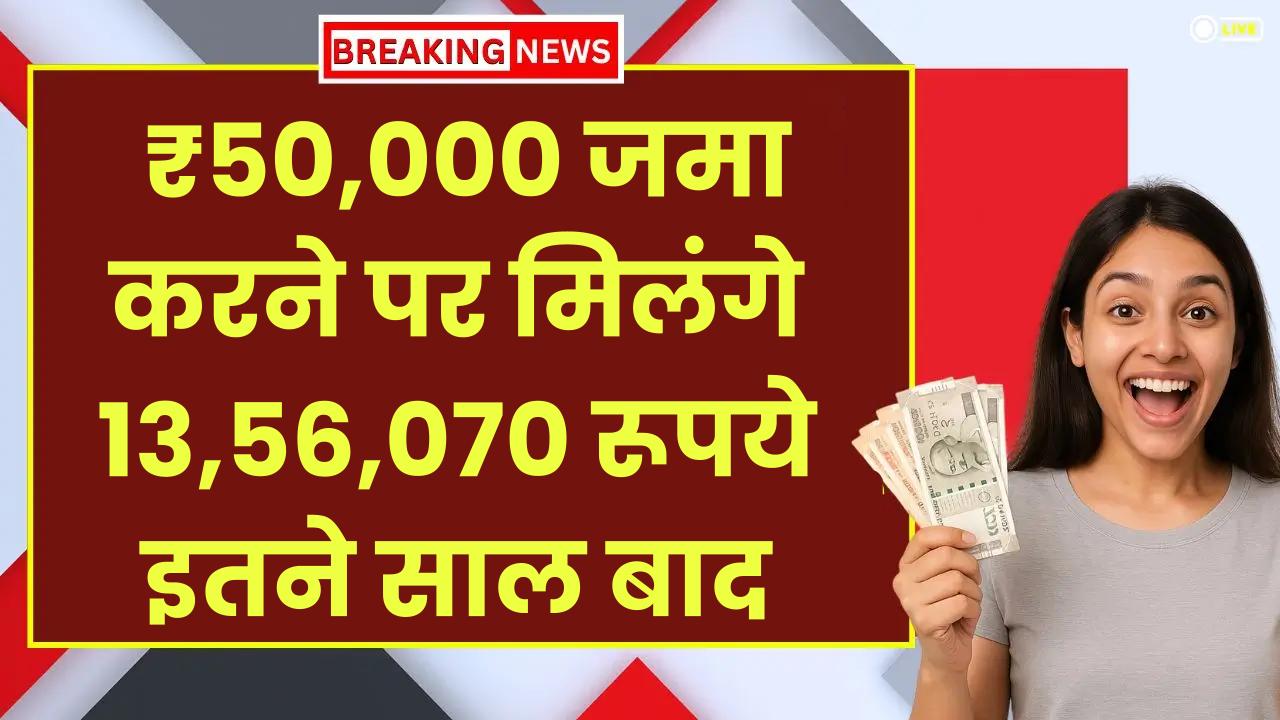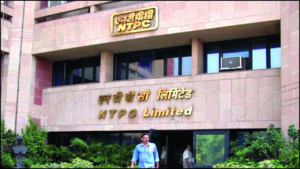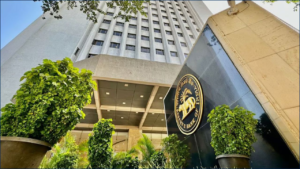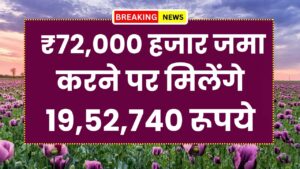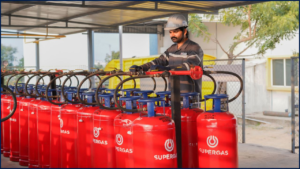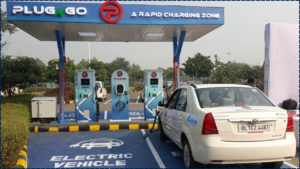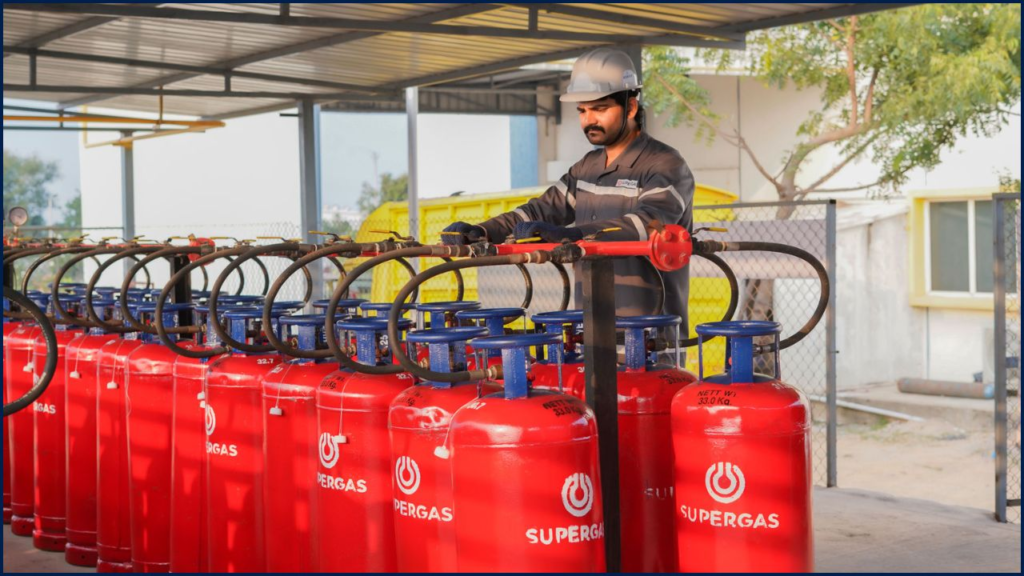
India’s energy regulator has unveiled a proposal for LPG portability, which would allow domestic cooking gas consumers to switch suppliers or companies without losing their connection. The Petroleum and Natural Gas Regulatory Board (PNGRB) issued draft rules in September 2025 and invited public comments before a phased rollout.
What LPG Portability Means
At present, portability only allows transfers between distributors of the same company, such as Indian Oil’s Indane or Bharat Petroleum’s Bharat Gas. The new framework would extend this flexibility across companies, enabling customers to refill their cylinders from the nearest available distributor, regardless of brand.
The PNGRB draft compares the initiative to mobile number portability, which lets users retain their phone numbers while changing service providers. Officials argue that the model would give households more choice and reduce dependence on single suppliers.
Why the Change Matters
The proposal aims to address widespread concerns over service quality, delayed deliveries, and local shortages. “The objective is to empower consumers and ensure reliable access to an essential fuel,” PNGRB said in its consultation note.
Analysts believe portability could improve competition in India’s cooking gas market. If consumers can freely move between companies, distributors will face pressure to improve services and reduce delays. In areas where one distributor faces disruptions, households could turn to others nearby, preventing service breakdowns.
Implementation Challenges
Experts caution that significant hurdles must be addressed before portability can be introduced. LPG cylinders are considered the property of the issuing company, and current regulations prohibit cross-refilling. Legal amendments will therefore be necessary.
Subsidy management also poses difficulties. “A digital system will be required to track consumer accounts, subsidy transfers, and cylinder ownership across companies,” said Dr. Rakesh Kumar, an energy policy researcher at the Indian Institute of Petroleum.
Inventory coordination, distributor contracts, and logistics will also need restructuring. Without clear reconciliation mechanisms, distributors may resist the reform.
Past Attempts and Current System
India piloted a portability scheme in 2013, but it was limited to intra-company transfers. That model was expanded nationwide but stopped short of inter-company flexibility.
Currently, consumers can request a distributor transfer within the same company through an online portal. While useful, this system offers little relief when the sole company distributor in an area faces shortages or poor service.
Regulatory Process and Next Steps
The PNGRB has opened its draft framework for public feedback until mid-October 2025. After reviewing submissions, the board will finalise rules and coordinate with oil marketing companies for rollout.
A phased introduction is likely, beginning in regions with multiple suppliers. Officials say nationwide adoption will take time, given India’s 310 million domestic LPG connections. “We expect gradual implementation over several months,” said a senior executive at a state-run oil firm.
Impact on Consumers
If adopted, portability could transform household energy access in India. A family dissatisfied with Indane could switch to Bharat Gas, while another facing delivery delays could request refills from a nearby HP Gas distributor.
Experts say the framework, if properly implemented, would enhance consumer rights and bring accountability to a system long dominated by monopolistic structures. However, the reform’s success will depend on solving regulatory, legal, and logistical challenges before rollout.
UP Tourism: New Tourist Points Planned, Special Focus on Aligarh Development
Conclusion
The draft LPG portability framework signals a major shift in India’s domestic energy policy. By opening the cooking gas market to inter-company competition, regulators hope to deliver greater consumer choice and reliability. Whether this vision becomes reality will depend on how effectively the government and industry address the complex barriers to implementation.


